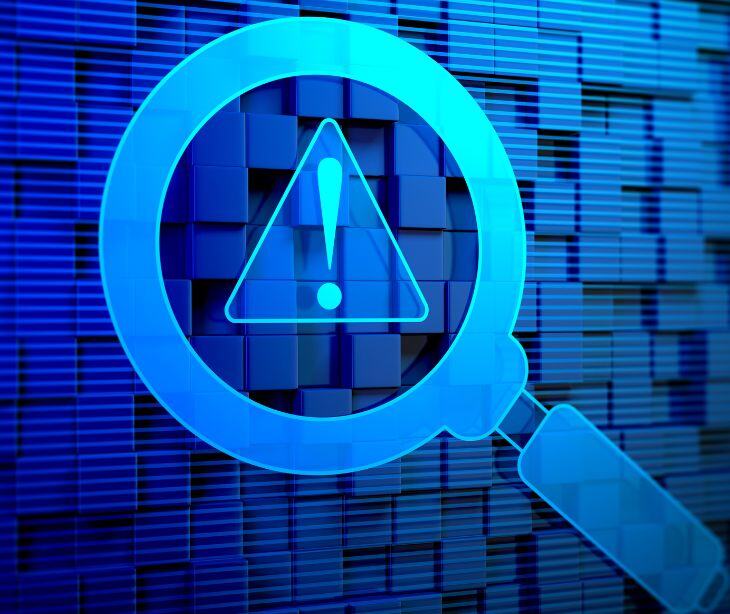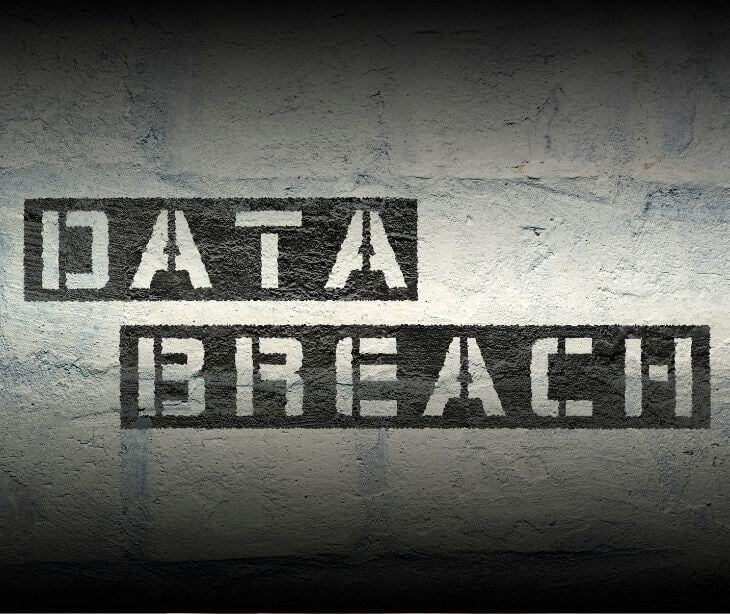2 min read
Senior Living provider reports data breach affecting nearly 26,000 people
Farah Amod
Oct 31, 2025 3:44:59 AM

A cybersecurity incident at Methodist Homes of Alabama and Northwest Florida may have compromised sensitive personal and health information from residents, employees, and associates.
What happened
Methodist Homes of Alabama and Northwest Florida has disclosed a data breach that may have exposed the personal information of up to 25,579 individuals. The Birmingham-based senior living provider discovered suspicious network activity on October 14, 2024, and later confirmed that an unauthorized party may have accessed its systems between October 2 and October 14.
The organization took portions of its network offline, hired independent cybersecurity experts, and notified law enforcement, federal regulators, and state authorities. After a lengthy investigation and data review, Methodist Homes determined on September 2, 2025, that both personal and protected health information (PHI) were involved.
Going deeper
The compromised data includes a wide range of sensitive details: names, Social Security numbers, driver’s license and state ID numbers, health insurance information, medical records, diagnoses, treatment details, Medicaid and Medicare numbers, and birth and discharge dates. Non-patient individuals may have also had identifying or financial information exposed.
Methodist Homes issued public notices on its website and via press release in early October 2025 and began mailing individual notification letters to those affected. For anyone whose Social Security number was exposed, the provider is offering free credit monitoring and identity protection services through CyberScout, a TransUnion company. A dedicated helpline has been set up to assist affected individuals.
What was said
The provider stated that it acted immediately upon discovering the intrusion and has since strengthened its cybersecurity posture. Methodist Homes stressed its cooperation with authorities and reaffirmed its commitment to protecting resident and employee information. The organization is also working to reach individuals who could not be contacted directly by mail.
The big picture
According to Paubox’s 2025 SMB Healthcare Security Report, healthcare providers continue to face a systemic security crisis, with 180 email-related breaches reported in 2024 and an average detection-and-containment time of more than 10 months in 2025. The exposure of nearly 26,000 records at Methodist Homes of Alabama and Northwest Florida fits within this broader pattern of delayed breach response and escalating risk. The report notes that the average breach in the first half of 2025 affected about 16,000 individuals, showing how incidents of this scale can quickly surpass industry norms. With the average cost of a healthcare data breach reaching $11 million this year, even mid-sized providers face mounting financial and operational consequences when detection and prevention measures fail.
FAQs
Why are senior living facilities increasingly targeted by cybercriminals?
They often store large amounts of sensitive data, including residents’ medical and financial information, while operating with limited cybersecurity resources compared to hospitals or insurers.
What is protected health information (PHI), and why is it valuable?
PHI includes medical and personal identifiers such as diagnoses, insurance details, and Social Security numbers. Criminals can use it for identity theft, financial fraud, or creating false insurance claims.
Why did it take nearly a year to confirm the breach details?
Determining what data was accessed and identifying the affected individuals can require months of forensic review and cross-referencing across multiple systems.
What can affected individuals do to protect themselves?
They should enroll in the free credit monitoring offered, review medical and insurance statements for unusual activity, and place fraud alerts with credit bureaus.
How can senior care organizations reduce future cyber risks?
By adopting regular security audits, limiting system access based on job roles, using multi-factor authentication, and ensuring vendors comply with HIPAA security standards.




